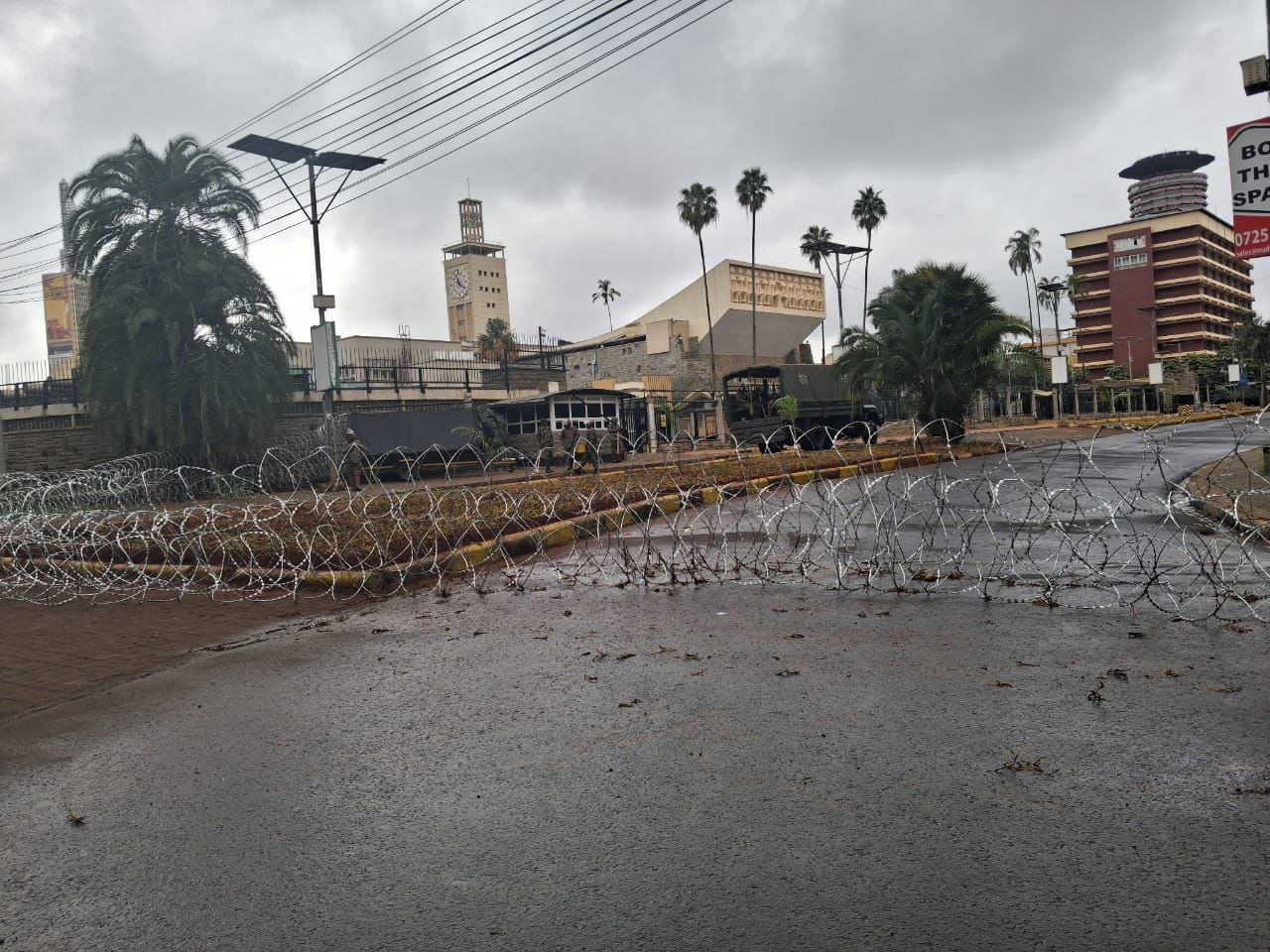
How Kenya’s Youth Shut Down Nairobi Without Throwing a Stone » Capital News
On Monday, July 7, 2025, a familiar pattern played out across Nairobi and several towns in Kenya: closed shops, empty roads, and unusually quiet city streets. Yet, this time, the disruption wasn’t triggered by violence or formal opposition calls to action — it was orchestrated by Kenya’s digitally native youth, the Gen Z generation, armed only with smartphones and the power of social media.
Despite government assurances that Saba Saba Day would be a normal working day, the capital was anything but. Public Service Cabinet Secretary Geoffrey Ruku had declared that all public offices would operate as usual, while security agencies issued warnings that any protests must be sanctioned and formally notified. But by dawn, Nairobi’s Central Business District was locked down — not by protesters, but by the government’s own roadblocks.
Roads leading into the CBD, including major arteries like Waiyaki Way, Mombasa Road, and Thika Road, were sealed off by anti-riot police as a precaution. Only government vehicles and emergency responders were allowed through. Businesses remained shut, public transport stayed off the roads, and thousands stayed home.
The most striking part? The youth behind the #SabaSaba2025 and #77NiNumbers hashtags had, for the better part of the morning, staged a completely peaceful shutdown — without throwing a single stone.
The digital organising began days earlier, with Gen Z influencers and anonymous accounts rallying thousands online. The message was clear: paralyse the country without violence, and let silence speak louder than chaos.
But as the morning wore on, tension escalated. In parts of Nairobi, especially around Kamukunji — where opposition leader Raila Odinga was expected to attend commemorations of the historic 1990 Saba Saba uprising — police lobbed teargas at small groups attempting to gather. In central Kenya towns like Murang’a, Nyeri, Karatina, and Kirinyaga’s Mwea, bonfires were lit and roads barricaded by protestors. In Kamukunji, youth clashed briefly with police as others lit fires to protest the heavy police presence.
Meanwhile, a rift was emerging online. Some Gen Z voices praised Odinga’s historical significance in Kenya’s fight for multiparty democracy, but many accused him of being complicit with the current regime. His absence during recent Gen Z-led protests and silence over the police killing of blogger and teacher Albert Ojwang — a tragedy that shook the country — has drawn fierce criticism.
Ojwang’s case remains fresh in the minds of protesters. Arrested after a defamation complaint by Deputy Inspector General Eliud Lagat, the young man was tortured and killed inside Central Police Station. Police initially claimed he died by suicide, but a postmortem revealed blunt force trauma, neck compression, and signs of severe assault. Lagat has since stepped down, and five suspects — including police officers — are now facing murder charges.
This killing, among others, has fueled the Gen Z-led push for accountability, transparency, and justice.
President William Ruto, once a symbol of hope with a manifesto promising inclusion and economic transformation, is now facing mounting discontent. The youth accuse his administration of presiding over a crackdown on freedoms and failing to deliver on key promises.
As Saba Saba marked its 35th anniversary, the irony was not lost: the generation born well after Kenya won multiparty democracy had picked up the baton. But this time, their battlefield is digital — and their voice, amplified not through party rallies, but trending hashtags and viral calls to action.
With more protests expected, one thing is clear: Kenya’s youth have discovered their power. And they are just getting started.